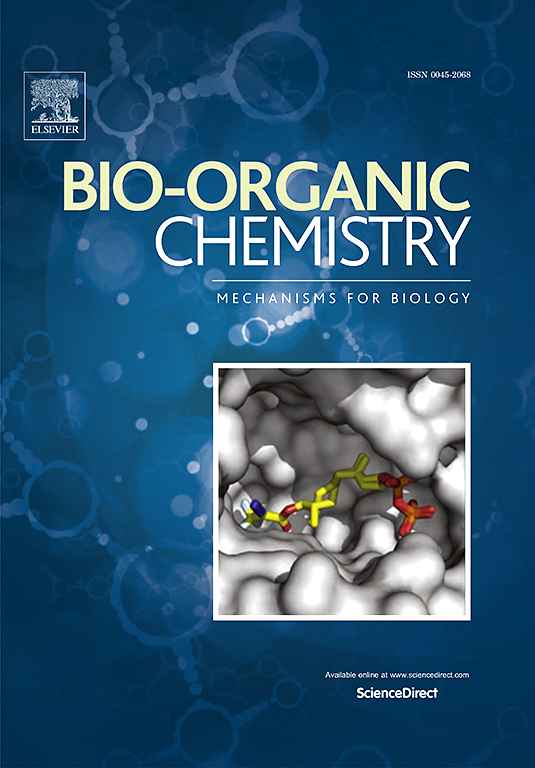Synthesis of mPEG-functionalized betulin-based maleic derivatives and unraveling the effect of PEGylation on dental restorative resins
IF 4.5
2区 医学
Q1 BIOCHEMISTRY & MOLECULAR BIOLOGY
引用次数: 0
Abstract
As a derivative of bisphenol A (BPA), bisphenol A glycidyl dimethacrylate (Bis-GMA) is questioned regarding its endocrine-disrupting properties. We previously reported a plant-derived monomer, betulin-based maleic diester derivative (MABet), as a substitute for Bis-GMA, but its yellow powdery appearance greatly affected the viscosity and aesthetics of dental resins. Herein, we synthesized three novel types of mPEG-functionalized MABet (PnMABet) by leveraging the active carboxylic acid groups of MABet to undergo a DCC coupling reaction with mPEG variants with diverse repeating ethylene glycol units (n = 7, 12, and 16). Their chemical structures were validated using 1H and 13C NMR spectroscopy, FT-IR spectroscopy, and HR-MS. Afterwards, the PnMABet were incorporated into Bis-GMA-based resins at 10, 30, and 50 wt%. The mechanical performance was firstly evaluated to determine the optimal monomer content. The results showed that all PnMABet monomers were light-yellow liquids. Increasing their concentration from 10, 30, to 50 wt% and the number of repeating units of mPEG from 7, 12, to 16 significantly reduced the mechanical property of resins. Of all groups, 10 wt% addition of P7MABet endowed the resulting 1P7M4B5T resin with the highest flexural and compressive strength (123.2 ± 10.3 MPa; 296.6 ± 27.5 MPa) than the 5B5T control (70.0 ± 6.4 MPa; 230.5 ± 22.5 MPa). This resin also exhibited comparable viscosity, polymerization conversion, cytotoxicity to 5B5T without antibacterial activity. The developed PnMABet have the potential to modulate resin viscosity. Exploring the structure-property relationship is beneficial to realize monomer design and regulate resin properties.

求助全文
约1分钟内获得全文
求助全文
来源期刊

Bioorganic Chemistry
生物-生化与分子生物学
CiteScore
9.70
自引率
3.90%
发文量
679
审稿时长
31 days
期刊介绍:
Bioorganic Chemistry publishes research that addresses biological questions at the molecular level, using organic chemistry and principles of physical organic chemistry. The scope of the journal covers a range of topics at the organic chemistry-biology interface, including: enzyme catalysis, biotransformation and enzyme inhibition; nucleic acids chemistry; medicinal chemistry; natural product chemistry, natural product synthesis and natural product biosynthesis; antimicrobial agents; lipid and peptide chemistry; biophysical chemistry; biological probes; bio-orthogonal chemistry and biomimetic chemistry.
For manuscripts dealing with synthetic bioactive compounds, the Journal requires that the molecular target of the compounds described must be known, and must be demonstrated experimentally in the manuscript. For studies involving natural products, if the molecular target is unknown, some data beyond simple cell-based toxicity studies to provide insight into the mechanism of action is required. Studies supported by molecular docking are welcome, but must be supported by experimental data. The Journal does not consider manuscripts that are purely theoretical or computational in nature.
The Journal publishes regular articles, short communications and reviews. Reviews are normally invited by Editors or Editorial Board members. Authors of unsolicited reviews should first contact an Editor or Editorial Board member to determine whether the proposed article is within the scope of the Journal.
 求助内容:
求助内容: 应助结果提醒方式:
应助结果提醒方式:


